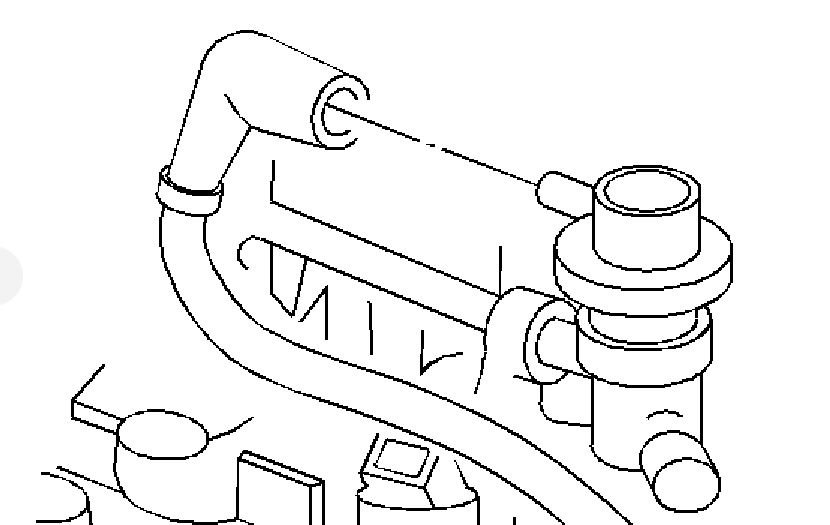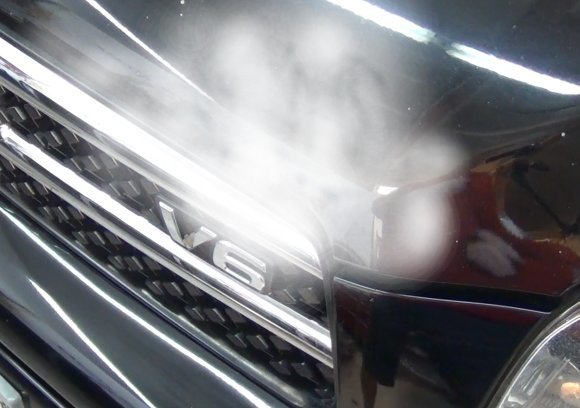Wednesday, November 20th, 2019 AT 11:28 AM
We replaced the valve cover gaskets and gaskets under the black manifold and under the manifold itself. Cleaned the injectors attached to the fuel rail replaced mass flow valve, and postilion throttle sensor, and fuel regulator, replaced cool packs, spark plugs, and wires, new serpentine belt, elbows that attach to the tensioner, with metal ones old were plastic. Then put it all back together and released air pressure from the valve, on top of the thermostat replaced thermostat as well, then drove it around for 27 miles then home. In morning went to leave then car wouldn't start. Noticed fuel coming out of the fuel regulator. Then saw that oil had mixed in with the antifreeze reservoir then opened the radiator cap saw oil in there as well.




